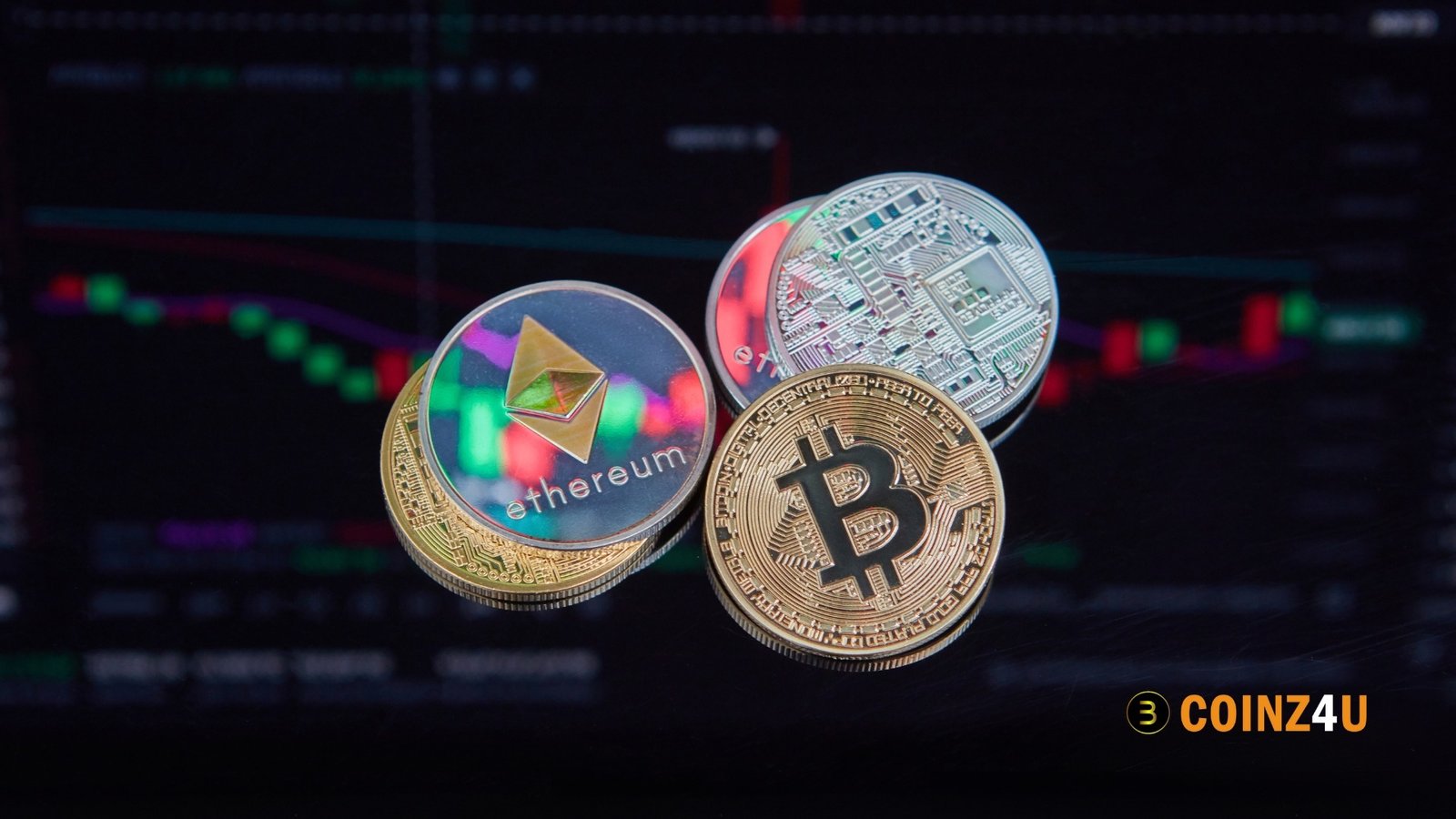Ethereum Coin News: Ethereum, the second-largest market capitalization cryptocurrency, maintains its position as a key participant in the blockchain ecosystem. Its revolutionary technology, especially its smart contract capabilities, is the foundation of decentralized applications (dApps) and decentralized finance (DeFi). A deluge of news and developments has influenced Ethereum’s landscape in 2024, keeping it at the forefront of crypto conversations. This article explores the most recent news about the Ethereum coin, focusing on the important upgrades that will shape the future of this top cryptocurrency.
Ethereum 2.0 and the Road to Scalability
One of the most significant developments in the Ethereum ecosystem is the transition to Ethereum 2.0, also known as ETH 2.0 or Serenity. This upgrade aims to address the scalability issues that have plagued the network, particularly during periods of high demand, such as the 2021 DeFi boom.
The transition from Proof of Work (PoW) to Proof of Stake (PoS) has been the cornerstone of Ethereum 2.0. The Beacon Chain, the first phase of Ethereum 2.0, went live in December 2020, and since then, the Ethereum community has been eagerly anticipating the full transition. In 2024, Ethereum is moving closer to realizing this goal, with several key milestones achieved and others on the horizon.
One of the most anticipated features is the introduction of shard chains, which are expected to enhance the network’s capacity to process transactions significantly. Sharding will allow the Ethereum network to process multiple transactions simultaneously, reducing congestion and lowering gas fees. This development is crucial for maintaining Ethereum’s dominance over newer, more scalable blockchains in the face of competition.
Ethereum’s Role in the DeFi Revolution

One of the fastest-growing subsets of the cryptocurrency market, decentralized finance (DeFi) is still largely centred around Ethereum. Ethereum will remain relevant due to its vast ecosystem of decentralized applications (dApps), liquidity providers, and decentralized exchanges (DEXs), even though other blockchain platforms that offer DeFi services have emerged.
Substantial updates and advancements to Ethereum-based DeFi protocols have been made in 2024. Optimistic Rollups and zk-rollups are two layer 2 scaling techniques that are becoming more widely used. Their goal is to make Ethereum transactions faster and cheaper. These solutions are gaining traction and improving the accessibility and efficiency of DeFi on Ethereum.
The increasing use of DAOs and decentralized autonomous organizations is another noteworthy trend in the DeFi industry. By enabling users to have a direct say in decision-making processes, DAOs—mainly built on Ethereum—are democratizing the governance of DeFi protocols. As more and more people prefer decentralized governance models over the old-fashioned centralized ones, we should expect to see this trend pick up speed.
NFTs: Ethereum’s Culture
The creation and trade of non-fungible tokens (NFTs) has grown in popularity and significance, with Ethereum serving as the principal blockchain. The NFT market was a major part of Ethereum’s ecosystem in 2024 after experiencing tremendous expansion in 2021 and some volatility.
NFTs are based on Ethereum’s ERC-721 and ERC-1155 token standards, which allow for the production and exchange of many different kinds of digital assets, including, but not limited to, works of art, virtual properties, and collectables. As the NFT field evolves, several significant trends will emerge in 2024.
The first is the growing popularity of NFTs with gaming and metaverse platforms. Projects built on the Ethereum platform, such as Decentraland and Axie Infinity, are revolutionizing how users engage with and earn from digital assets. Furthermore, “soulbound” NFTs are gaining popularity; these tokens are not transferable but reflect one-of-a-kind, non-fungible assets associated with a person’s identity or accomplishments.
Another development making high-value digital assets more accessible is the trend toward fractional ownership in NFTs. Platforms built on Ethereum Coin News facilitate the ownership of fraction NFTs, allowing more individuals to join the NFT market and contribute to its expansion.
Regulation: Navigating Uncertainty

The regulatory environment surrounding cryptocurrencies, including Ethereum, is becoming increasingly complex. Governments and regulatory bodies worldwide are paying closer attention to the crypto space, and Ethereum is not exempt from this scrutiny.
In 2024, the regulatory landscape for Ethereum is characterized by a mix of uncertainty and progress. On the one hand, some countries are taking steps to create clear regulatory frameworks for cryptocurrencies, providing more certainty for investors and developers. For example, the European Union’s Markets in Crypto-Assets (MiCA) regulation aims to establish comprehensive rules for the crypto industry, including Ethereum.
On the other hand, there are ongoing concerns about the potential impact of regulations on Ethereum’s decentralized nature. Issues such as Know Your Customer (KYC) requirements for DeFi platforms and the classification of certain Ethereum-based tokens as securities are hot topics. The Ethereum community closely monitors these developments, which could have significant implications for the network’s future.
Also Read: Sec Ethereum Security Managing Regulations in 2024
Ethereum’s Rise and Institutional Adoption
Ethereum’s institutional adoption storyline is another important one to watch in 2024. However, institutional investors have mostly focused on Bitcoin. Ethereum Coin News is starting to make a name for itself thanks to its adaptability and innovation potential.
In 2024, institutional investors show increasing interest in Ethereum in several important sectors. One big selling point is Ethereum’s role in the increasing tokenization of assets. The ability to tokenize real-world assets on the Ethereum blockchain offers greater liquidity and transparency, transforming traditional finance.
Next, Ethereum’s potential as a foundational layer for decentralized finance attracts institutional investors looking to enter the DeFi ecosystem. The merits of decentralized finance as an asset class are being more acknowledged, and financial institutions are exploring ways to incorporate it. DeFi items built on Ethereum are in their inventory.
Now that Ethereum futures and exchange-traded funds (ETFs) are available, institutional investors have more ways to participate in cryptocurrency than ever. These financial products allow more conventional investors to join the market. Ethereum to become even more entrenched as a top cryptocurrency.
Summary
In 2024, Ethereum will undergo major changes determining its future as a leading cryptocurrency. Many of the fascinating developments in the cryptocurrency industry are centred on Ethereum: the DeFi revolution, the growing NFT market, and the platform’s expanding institutional acceptance. Ethereum 2.0 is also at the heart of these movements. Despite ongoing difficulties, the Ethereum community’s dedication to advancement and innovation bodes well for the future of this prominent cryptocurrency.









